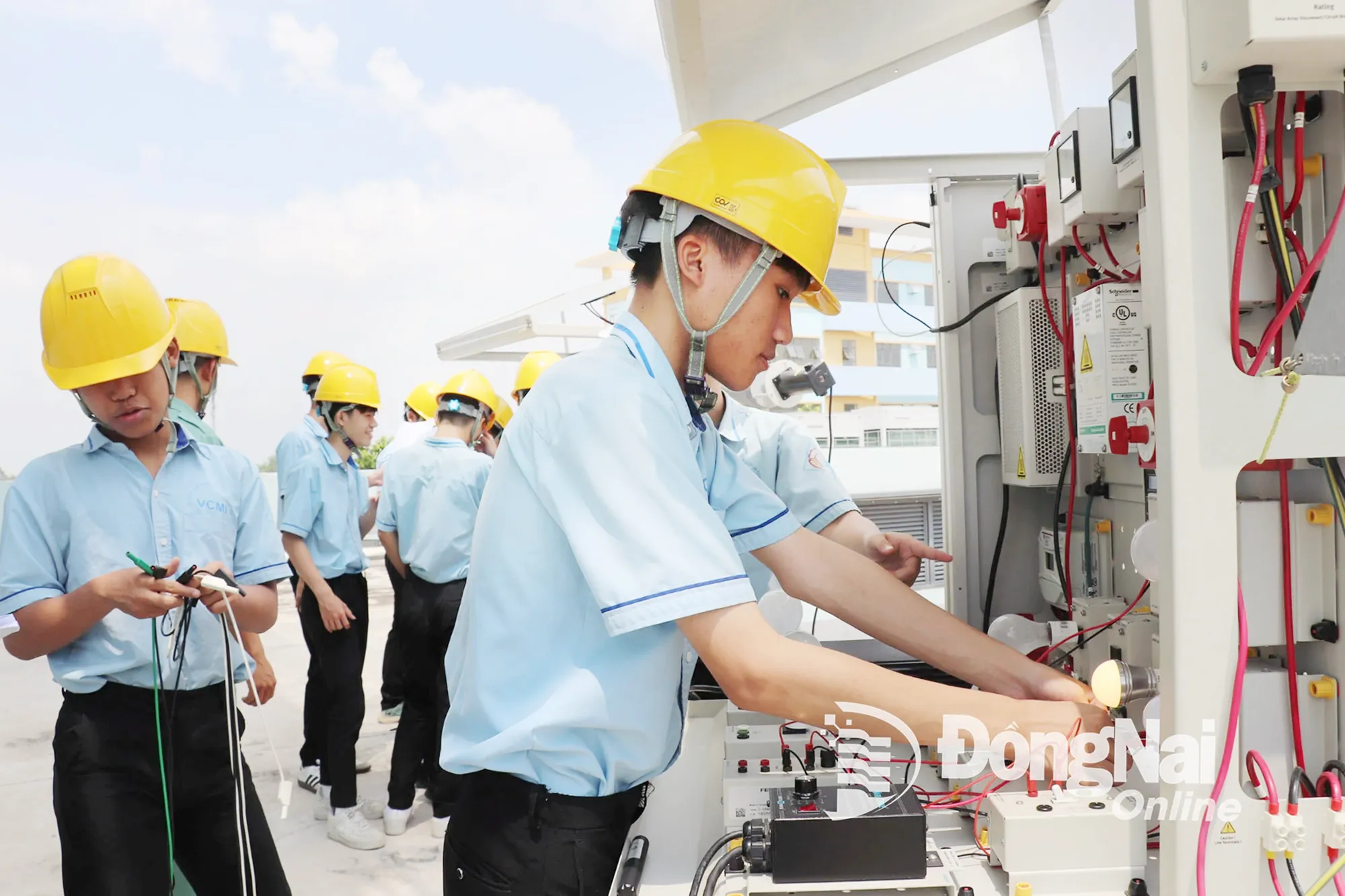 |
| Students of the College of Mechanics and Irrigation (located in Ho Nai ward) during a practice session. Photo: Hai Yen |
After the merger, Dong Nai province has 12 colleges and 7 vocational secondary schools. These schools can completely convert or organize vocational secondary classes, thereby meeting the diverse learning needs of learners, contributing to the good implementation of student streaming after secondary school.
Positive model, on the right track
According to the plan, the Draft Law on Vocational Education (amended) will be submitted to the National Assembly for consideration and approval at the 10th Session of the 15th National Assembly in October 2025. One of the new points of the Draft Law on Vocational Education (amended) compared to the 2014 Law on Vocational Education is the policy on innovation of the vocational education system. Accordingly, the Vocational Secondary School Program in vocational education will be formed, training will integrate the basic knowledge of the high school program and vocational capacity; promoting career guidance and streaming; forming a streamlined and effective network of vocational education institutions, including: vocational secondary schools, colleges; expanding the system of institutions participating in vocational education activities...
Including the Vocational Secondary School model in the Draft Law on Vocational Education (amended) is a very important step in early streaming of students after junior high school, especially suitable for provinces with high demand for technical labor such as Dong Nai.
Deputy Director of the Department of Education and Training Do Dang Bao Linh highly appreciated the potential of applying this model in Dong Nai. Mr. Linh said that as a developed industrial province with more than 50 industrial parks, Dong Nai has a great demand for technical labor at elementary and intermediate levels. Therefore, the Vocational High School model can provide young, skilled human resources early, meeting the recruitment needs of businesses right from the age of 17-18.
“If the Vocational High School model is implemented well, it will open up a dual path: Students can go to work immediately after graduation with recognized vocational skills or can continue to study at intermediate, college, or university in an open direction, without the limitations as before,” said Mr. Linh.
According to Mr. Do Le Hoang, Head of Training Department, Lilama 2 International Technology College (located in Long Phuoc commune), the Draft Law on Vocational Education (amended) stipulates the equivalence between high school diploma and vocational secondary school diploma. This will be a suitable choice for junior high school graduates to choose to continue their studies.
Principal of Dong Nai Technical College (located in Tran Bien ward) Huynh Le Tuan Dung said that the Vocational High School model is a step in the right direction, with great potential for implementation in the locality. This model will create conditions for students after secondary school to be oriented to their careers early, study culture and vocational skills in parallel, shorten training time and be able to enter the labor market early with good skills. This is also a practical solution to solve the problem of student streaming after secondary school, avoiding wasting social resources.
Can be taught by module, credit for vocational high school students
Currently, many vocational schools in the province are implementing intermediate training with 2 models: Students study intermediate and high school culture in the regular education program (after completing the program, students can take the exam to get a high school diploma); Students study intermediate and study the minimum amount of high school culture knowledge according to Circular 15/2022/TT-BGDDT regulating the teaching of high school culture knowledge in vocational education institutions (only study 4 cultural subjects).
Due to many years of experience in implementing vocational training, if the Vocational High School model is applied, schools will have many advantages to implement it.
One of the new points of the Draft Law on Vocational Education (amended) is to allow flexible training such as: module accumulation, online learning, credit-based learning, abbreviated learning... helping learners save time and costs, online and abbreviated learning, helping reduce study time, travel and accommodation costs... On the other hand, this regulation also creates opportunities for learners to carry out lifelong learning, learners can return to continue studying at any time thanks to the regulation on module and credit accumulation.
However, according to Mr. Do Le Hoang, there are still challenges for implementation. That is, the information technology infrastructure is not synchronized, especially in rural areas. The teaching staff must adapt to the new model. The evaluation of results is difficult because of the need for a modern management system.
To implement teaching in the form of cumulative modules for high school level, Mr. Do Le Hoang said that it is necessary to change the management method. Accordingly, it is necessary to design the program in the direction of skill modules, apply the credit management system; teachers need to be trained in teaching methods according to modules and credits. In particular, the Ministry of Education and Training needs to issue specific guiding documents to implement in a legal and synchronous manner.
Mr. Huynh Le Tuan Dung expressed: “In my opinion, it is absolutely possible to apply module-based skills training for post-secondary students to study vocational secondary schools. However, it is necessary to build a flexible program while still ensuring a knowledge base and practical skills appropriate to their age. Regarding training management, it is necessary to adjust regulations to recognize accumulated modules/subjects, and at the same time have a good training management system to monitor learning progress, evaluate results and ensure output quality.”
Hai Yen
Source: https://baodongnai.com.vn/xa-hoi/giao-duc/202507/ky-vong-mo-hinh-trung-hoc-nghe-1ad2ed3/


![[Photo] Fall Fair 2025 and impressive records](https://vphoto.vietnam.vn/thumb/1200x675/vietnam/resource/IMAGE/2025/11/03/1762180761230_ndo_br_tk-hcmt-15-jpg.webp)
![[Photo] Lam Dong: Close-up of illegal lake with broken wall](https://vphoto.vietnam.vn/thumb/1200x675/vietnam/resource/IMAGE/2025/11/03/1762166057849_a5018a8dcbd5478b1ec4-jpg.webp)
![[Photo] Prime Minister Pham Minh Chinh receives the Chairman of the Japan-Vietnam Friendship Association in the Kansai region](https://vphoto.vietnam.vn/thumb/1200x675/vietnam/resource/IMAGE/2025/11/03/1762176259003_ndo_br_dsc-9224-jpg.webp)

![[Photo] General Secretary To Lam receives Singaporean Ambassador Jaya Ratnam](https://vphoto.vietnam.vn/thumb/1200x675/vietnam/resource/IMAGE/2025/11/03/1762171461424_a1-bnd-5309-9100-jpg.webp)











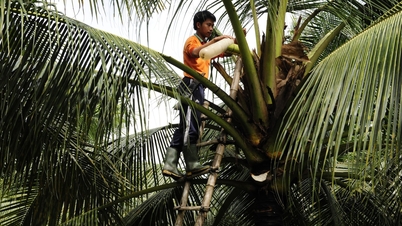







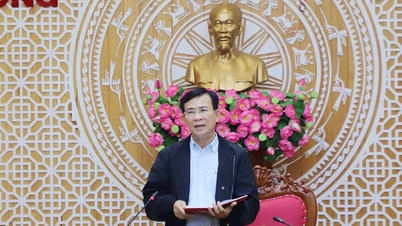














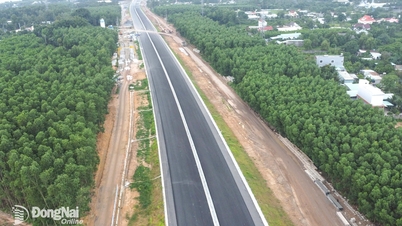










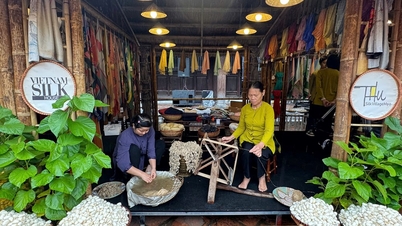



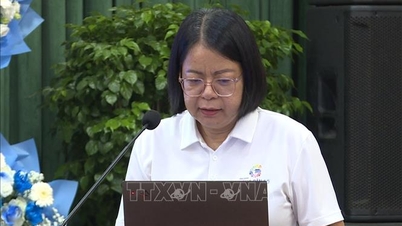

























































Comment (0)